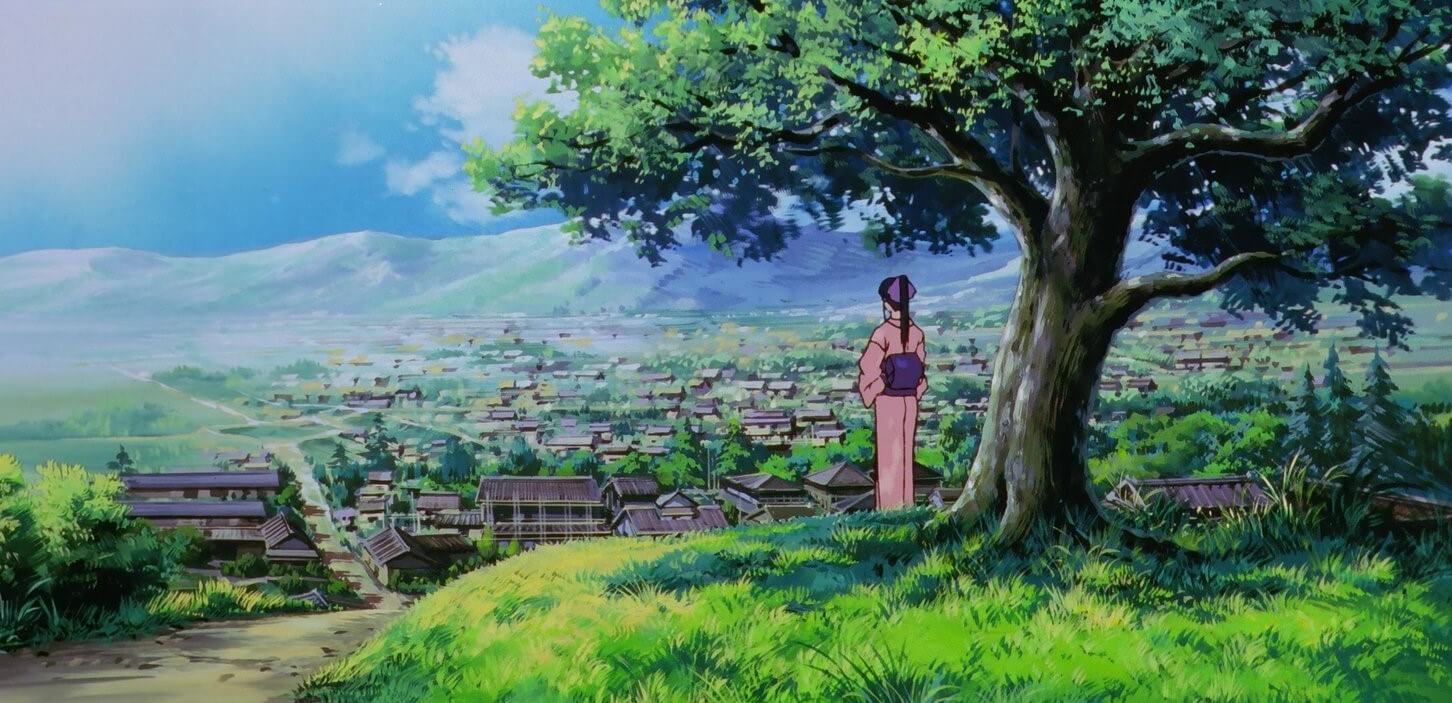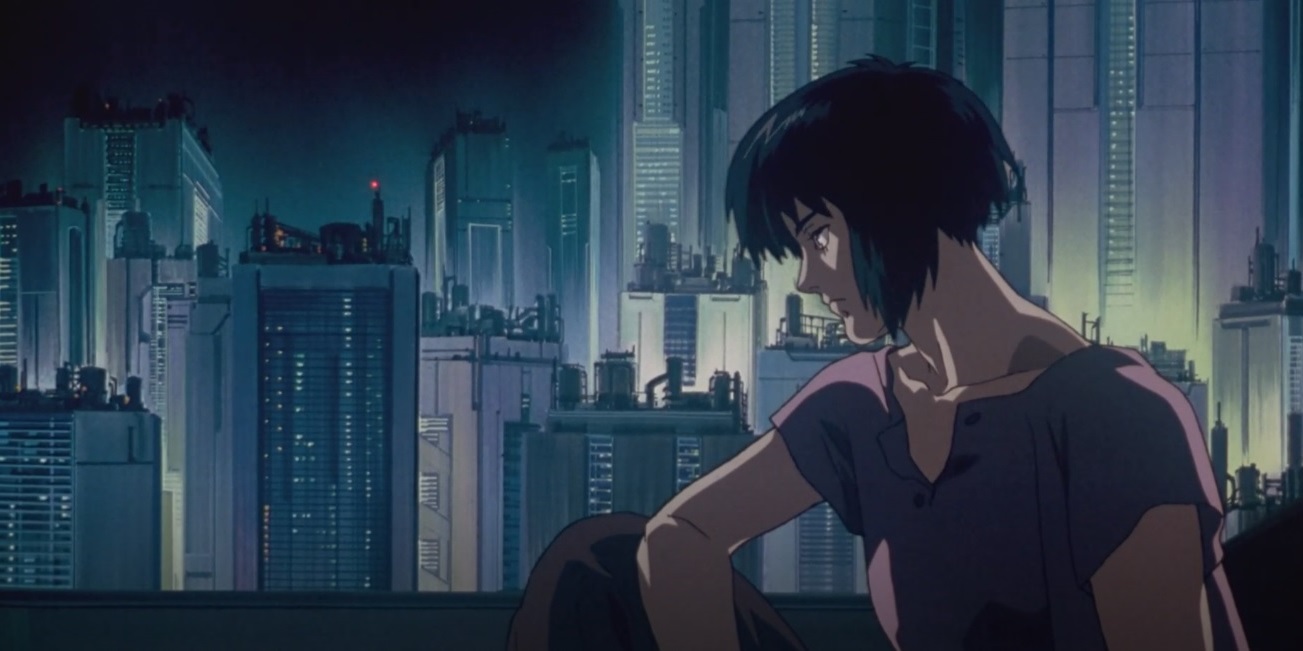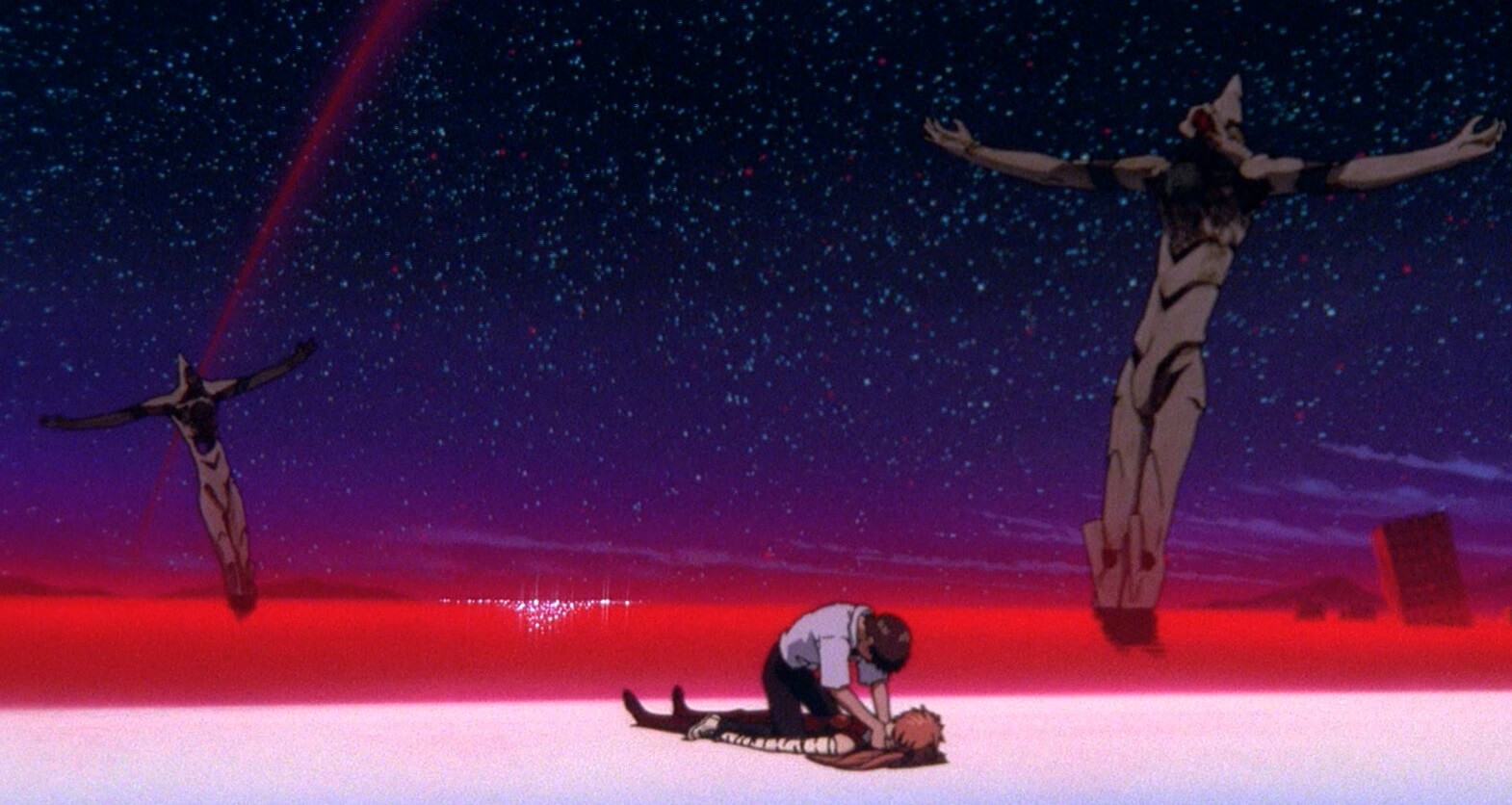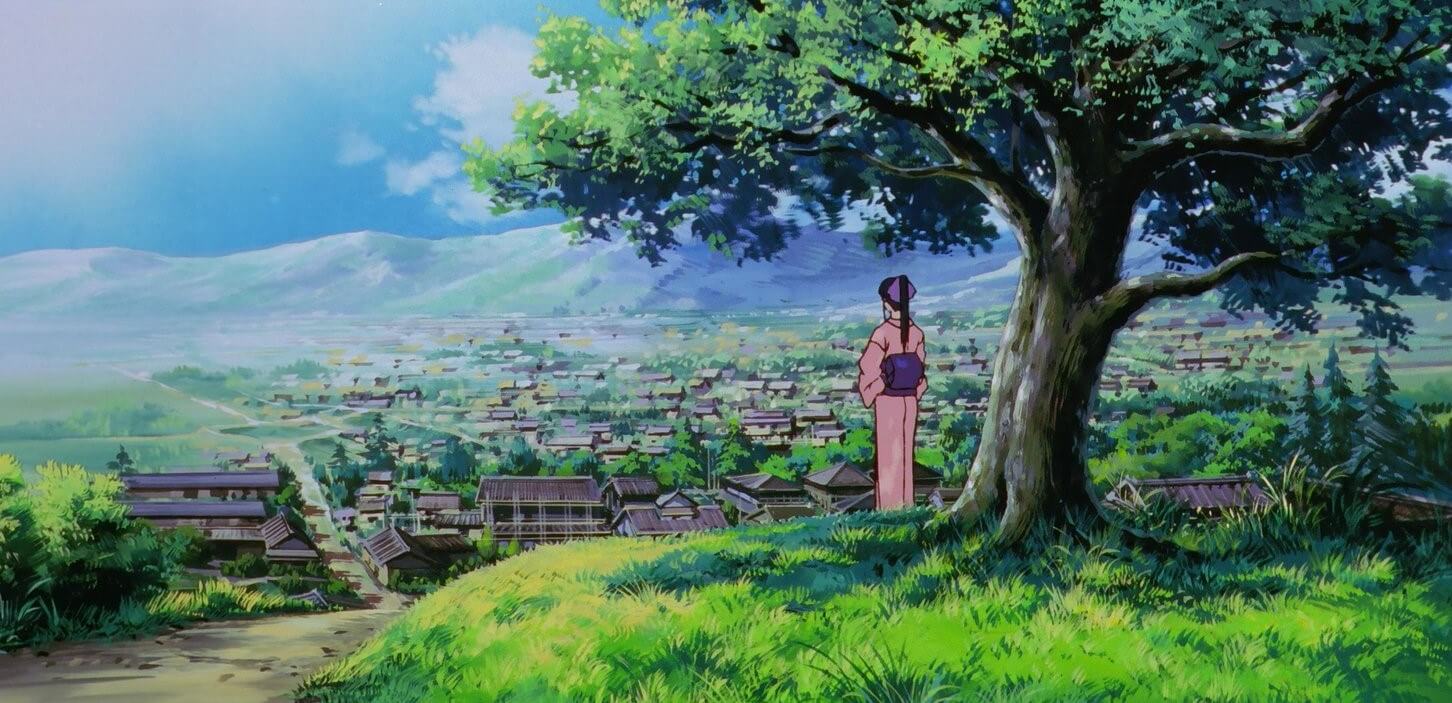The Art of Anime Backgrounds: The Unsung Heroes of Visual Storytelling

The Evolution of Background Art in Anime
Early Beginnings
In the early days of anime, backgrounds were relatively simplistic, serving primarily as functional spaces for characters to interact. Series like Astro Boy (1963) and Speed Racer (1967) featured rudimentary backdrops that conveyed the essential elements of a scene without much detail. However, as technology and artistic techniques evolved, so did the complexity and beauty of background art.
via GIPHY
The Rise of Detailed Environments
By the 1980s and 1990s, anime like Akira (1988) and Ghost in the Shell (1995) began to showcase intricately detailed environments. These films pushed the boundaries of what background art could achieve, blending cyberpunk aesthetics with meticulous attention to detail. The dystopian landscapes and futuristic cityscapes became almost characters in their own right, reflecting the themes and mood of the stories.

The Role of Background Art in Storytelling
Setting the Tone
Background art is instrumental in setting the tone of an anime. A serene countryside, a bustling metropolis, or a post-apocalyptic wasteland can instantly convey the mood of a scene. Take, for example, the tranquil, almost dreamlike settings in My Neighbor Totoro (1988), which evoke a sense of nostalgia and wonder. In contrast, the gritty urban landscapes of Attack on Titan (2013) reinforce the series' themes of desperation and survival.
Enhancing Emotional Impact
Backgrounds can also amplify the emotional impact of key moments. In Your Name (2016), the breathtakingly beautiful depictions of rural Japan contrast sharply with the vibrant cityscapes of Tokyo, highlighting the distance and differences between the protagonists' lives. These backgrounds not only serve as eye candy but also deepen the audience's emotional connection to the characters and their journeys.

Symbolism and Foreshadowing
Astute viewers will notice that backgrounds often carry symbolic meanings or foreshadow future events. In Neon Genesis Evangelion (1995), the desolate, apocalyptic ruins frequently shown in the background hint at the underlying themes of human fragility and existential dread. Similarly, the repeated use of certain visual motifs, like cherry blossoms in Clannad (2007), can symbolize themes of transience and the passage of time.
Related: Religious Symbolism in Neon Genesis Evangelion Explained
The Artists Behind the Magic
The Unsung Heroes
The creation of anime backgrounds is a collaborative effort involving numerous talented artists. Studios like Studio Ghibli and Kyoto Animation are renowned for their exceptional background art, thanks to the dedication and skill of their background artists. These artists spend countless hours researching, sketching, and painting to bring these worlds to life.
Notable Background Artists
Some background artists have become legends in their own right. Makoto Shinkai, before becoming a celebrated director, started as a background artist, and his films are known for their stunning, hyper-realistic backgrounds. Another notable artist is Kazuo Oga, whose work on Studio Ghibli films like My Neighbor Totoro and Princess Mononoke (1997) has set a high standard for background art in the industry.

The Future of Background Art in Anime
Digital Revolution
The advent of digital technology has revolutionized background art, allowing for more complex and dynamic scenes. Digital tools enable artists to experiment with lighting, textures, and perspective in ways that traditional methods couldn't. This evolution is evident in recent anime like Demon Slayer (2019), where the backgrounds are not only stunningly detailed but also seamlessly integrated with CGI elements.
via GIPHY
Preserving Traditional Techniques
Despite the rise of digital tools, there is a growing appreciation for traditional painting techniques. Some studios continue to blend digital and traditional methods to preserve the hand-crafted feel of classic anime. This hybrid approach ensures that the art of background painting continues to evolve while honoring its roots.
Related: Must Watch Classic Anime Films Based on Literature
Anime backgrounds are much more than mere settings; they are vital components of the storytelling process, enriching narratives and deepening emotional resonance. As the anime industry continues to innovate, it's essential to recognize and celebrate the artists who craft these breathtaking worlds. So, the next time you watch your favorite anime, take a moment to appreciate the artistry of the backgrounds—these unsung heroes of visual storytelling.

